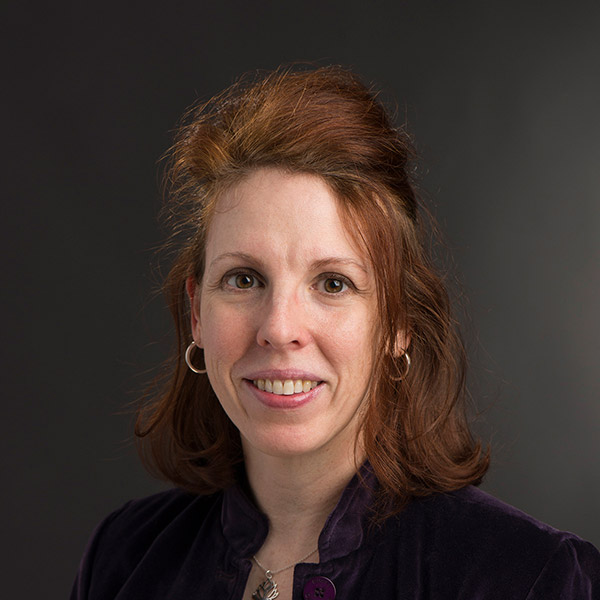Christine Keiner

I am a historian of science and environmental historian, and I focus on the political role of scientific expertise.
1. How Do You Teach Applied Critical Thinking in the Context of Disaster?
In my course on the history of environmental disasters, we study specific disasters associated with natural causes (biological, geophysical, and meteorological phenomena), human-made causes (such as technological failures and violent acts), and complex combinations thereof (such as land development patterns that exacerbate the damage caused by storms) in order to illuminate past and present issues regarding the social and cultural meaning of disasters in various societies, and the economic and political ramifications of modern disasters.
2. Why Do You Think Applied Critical Thinking is Important in Your Domain?
To achieve resilient societies capable of withstanding a range of environmental disasters, we need to understand how past societies have dealt (and failed to deal) with the crises caused by natural and human causes.
3. Can You Share a Story Where Quality Applied Critical Thinking Was Key to Your Success?
Being able to integrate the perspectives of many disciplines and stakeholders is a fundamental requirement of thinking historically.
4. How Do I Use Critical Thinking in Other Areas of Your Life Outside of RIT?
Being a citizen in a democracy is all about thinking critically, especially about what the media, government, and our institutions tell us.
5. Any Last Critical Thoughts You Wish to Share About What We Are Experiencing Now or What You Have Learned in Past Work?
The COVID-19 pandemic should not have been a surprise, as much historical research demonstrates.